Mike Dilger’s wildlife spectacles

FEW, IF ANY, BIRDS ARE CAPABLE OF commanding a fraction of the respect and awe bestowed upon Britain’s largest falcon. Recovering from a low in the 1960s, when only 385 pairs were recorded, the recent upturn in the peregrine’s fortunes to reach about 1,750 pairs is one glimmer of hope amongst a veritable tsunami of species declines recorded elsewhere.
WILD WELFARE
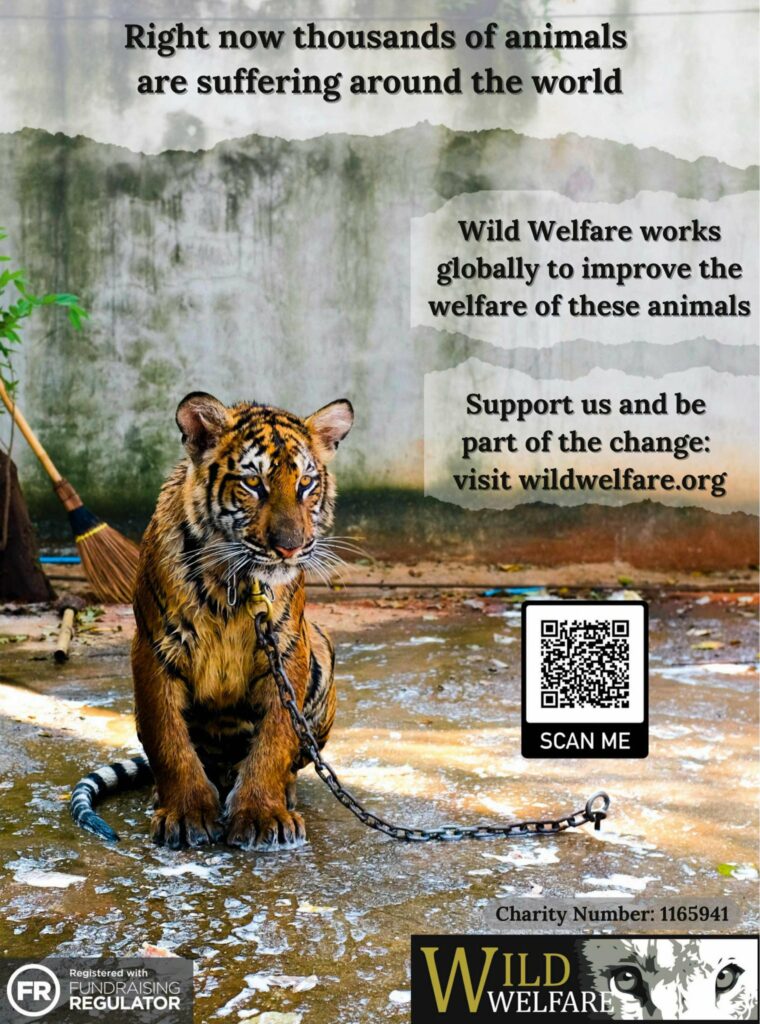
Nick Baker’s Hidden Britain: Green-Banded Broodsac
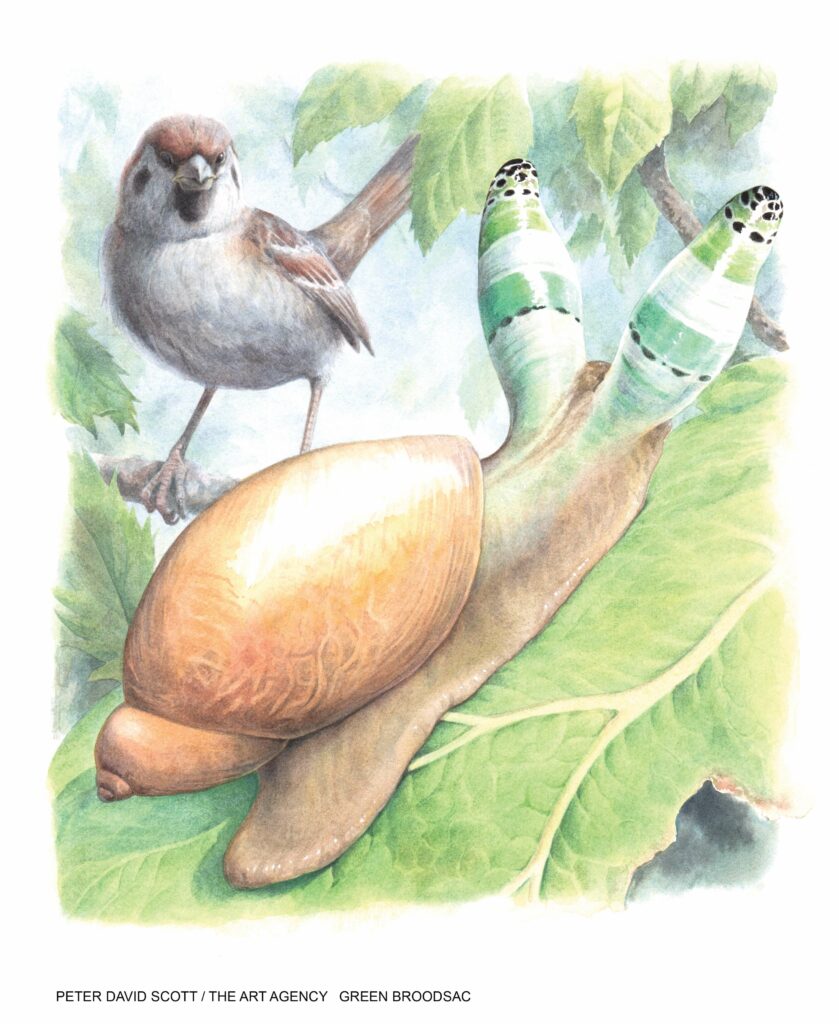
THE GREEN-BANDED BROODSAC – what kind of a name is that? Normally we name an animal after the appearance or behaviours of the adult, but in the case of the fluke Leucochloridium paradoxum, unless you want to go poking around the guts of snails or the bums of birds, its broodsac – amembranous sac containing larvae – really is the most visible part of this parasitic flatworm’s life. And when I say visible, it’s no exaggeration.
BBC WILDLIFE
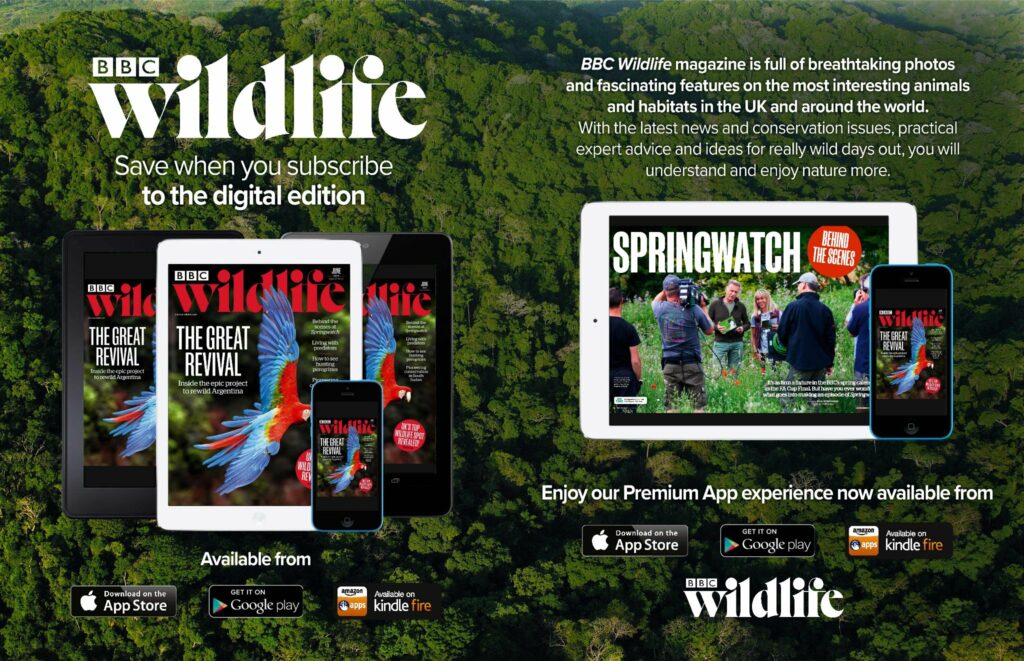
Portfolio: New Frontiers
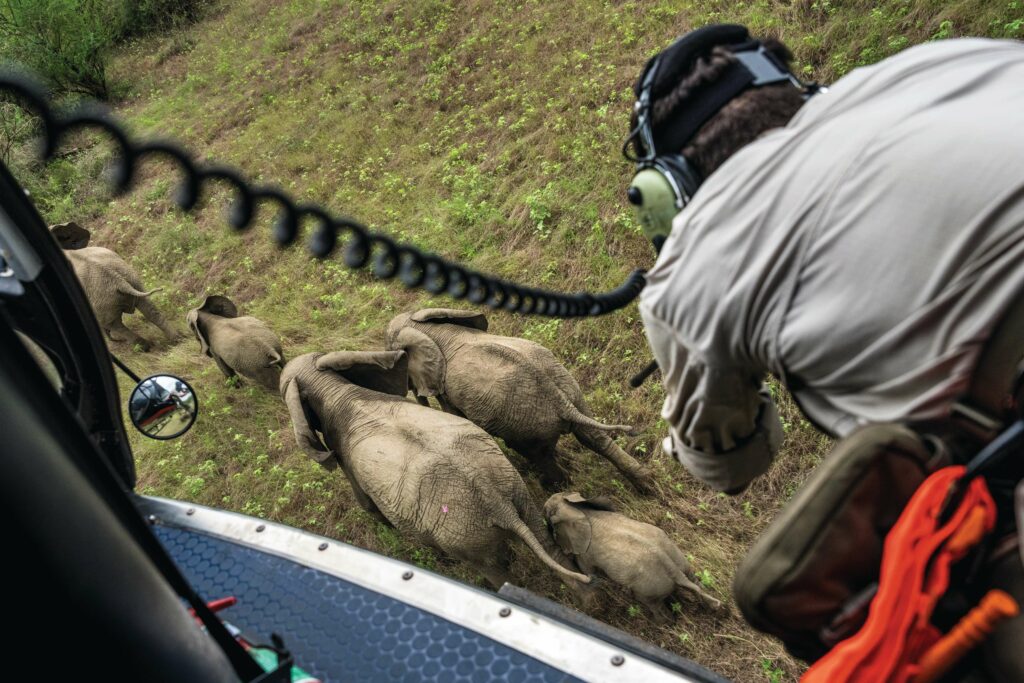
While conflict continues in the capital of its northern neighbour, South Sudan is making history for more positive reasons. An epic GPS collaring operation has just concluded in Boma and Badingilo National Parks, both of which recently came under the stewardship of African Parks, in partnership with the Ministry of Wildlife Conservation and Tourism. Until now, little has been known about South Sudan’s wildlife, a result of decades of civil unrest that only ended in 2020. The data from the collars and from aerial surveys will reveal how animals move through the landscape, and in turn, inform conservation.
The nation’s favourite place for wildlife
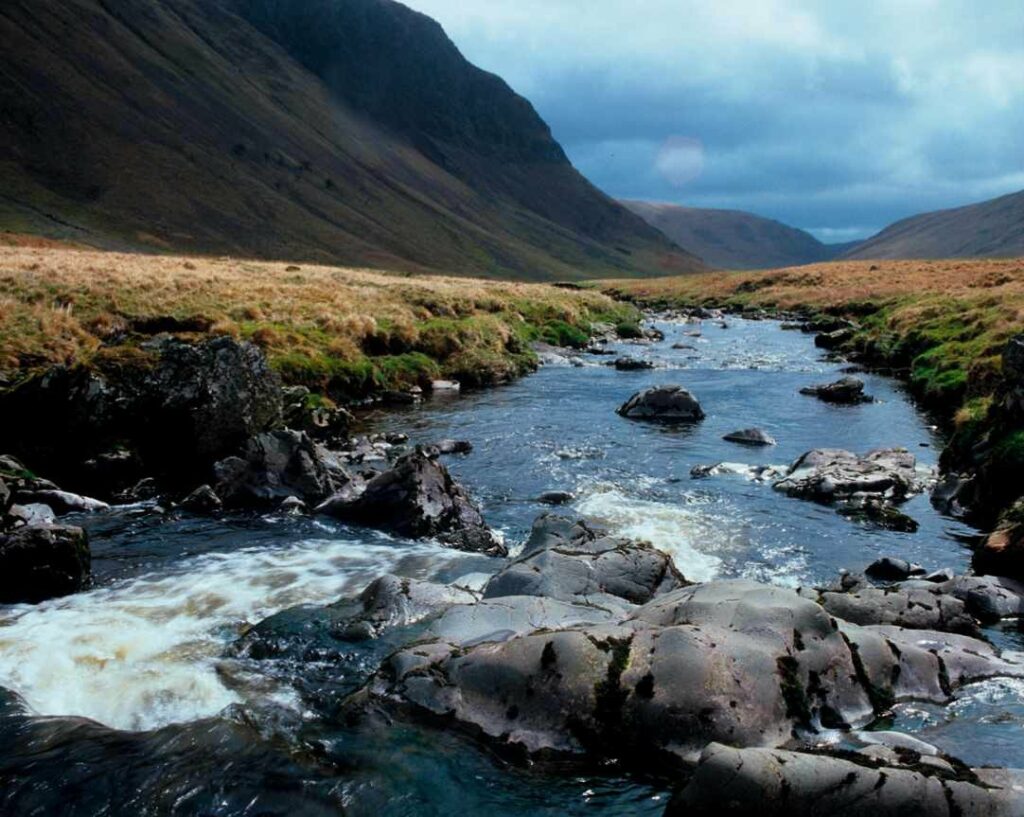
In January, BBC Wildlife magazine celebrated its 60th birthday. To mark this special milestone, we asked 60 people from our wonderful network of conservationists, writers, presenters and photographers to share their favourite places for wildlife in the UK. The array of locations up and down the country – from lofty hills to spectacular seas – were then put to a public vote. With the results in and counted, we can now reveal the nation’s favourite place for wildlife. Drum roll, please…
Springwatch: Behind the scenes
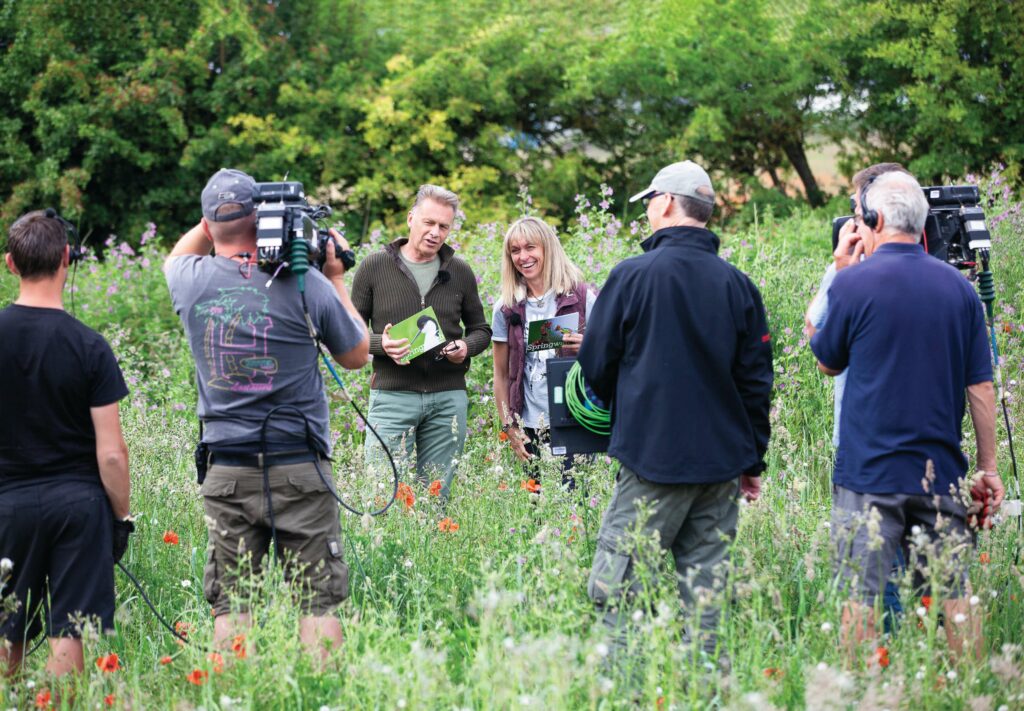
For an hour a night, four nights a week and for three weeks from the end of May, the BAFTA-winning Springwatch will again see the nation glued to BBC Two. Since the series fledged in 2005, presenters like Bill Oddie, Kate Humble, Simon King and Martin Hughes-Games, plus today’s crop of Gillian Burke, Chris Packham, Michaela Strachan and Iolo Williams, have engaged a primetime audience with the wonders of the British countryside. In spring 2022, BBC Wildlife spent a day on location at Wild Ken Hill, Norfolk, with Chris and Michaela to see how the programme comes together.
Back to nature
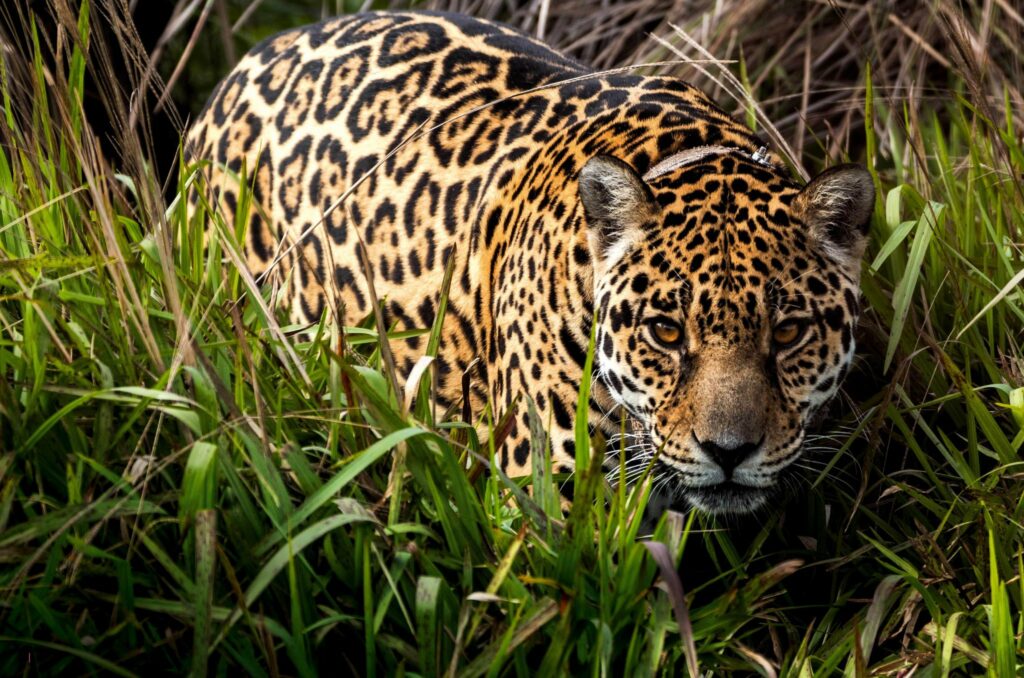
AT THE AGUARÁ CONSERVATION CENTRE, a stone’s throw from the Argentine city of Corrientes, Mburucuya the red-and-green macaw is ready to fly. As a whistle sounds, the stunning, vermilion-plumaged parrot spreads her wings and launches herself towards the nearest food tray, 25m away down the huge enclosure. She has already followed the same trajectory numerous times today, but practice makes perfect.
ADVERTISEMENTS
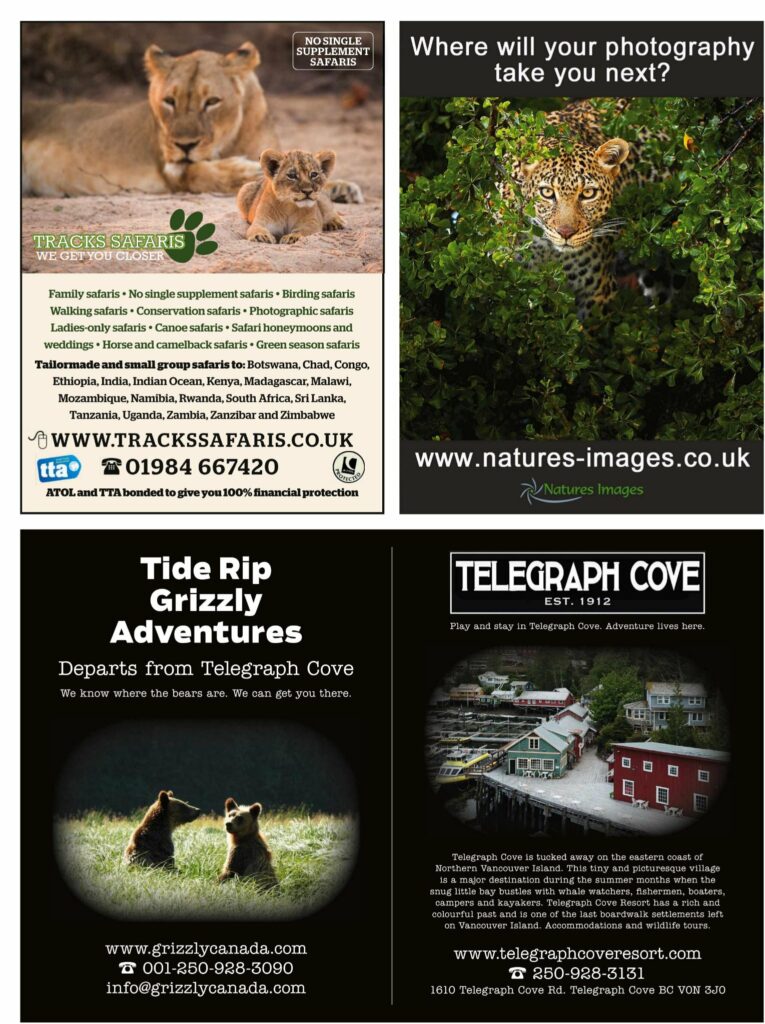
Love is in the air
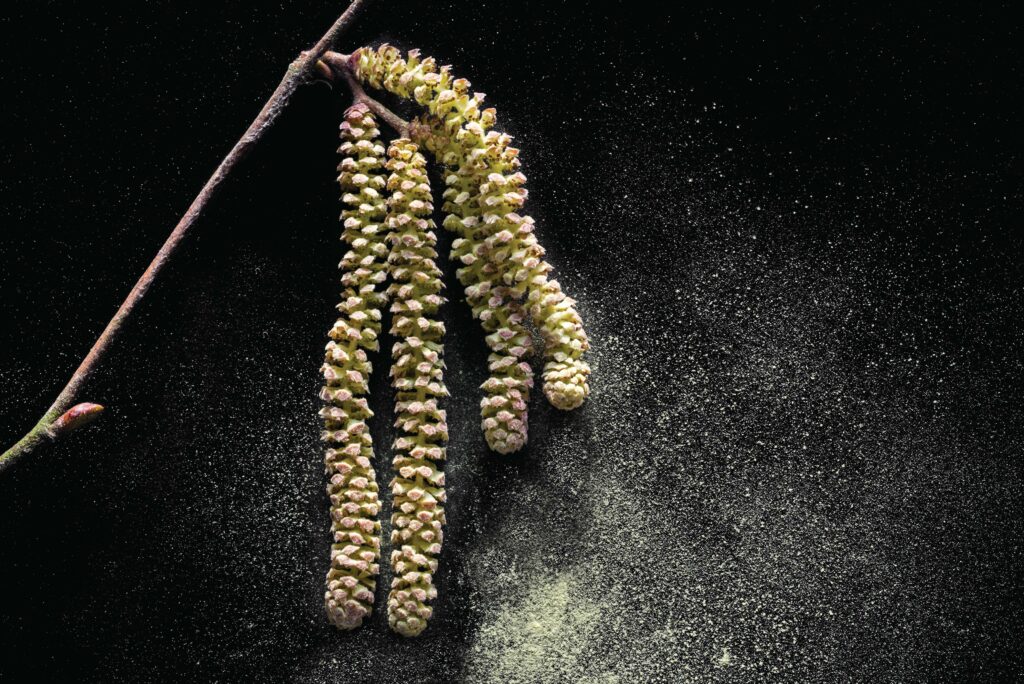
PLANTS, IN ALL their charismatic forms, are most famous – and most celebrated – for their flowers. Eight in ten species have them, and they come in all shapes and sizes. Cowslips and honeysuckles are equipped with trumpet-like, tubular flowers, while thistles have punky, purple flowerheads made up of lots of tiny blooms. There are miniature, corn-on-the-cob eelgrass flowers, water-lily flowers the size of your fist, and orchid flowers that mimic insects.